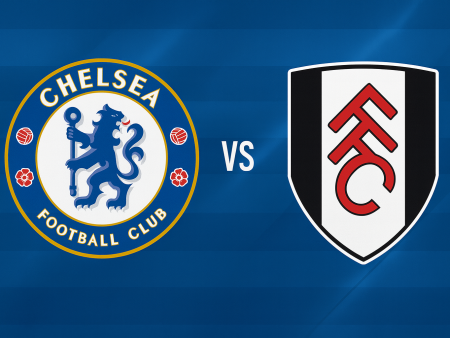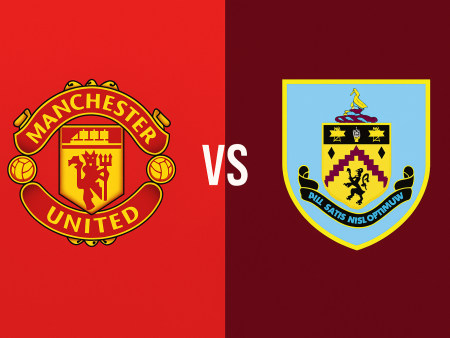Bundesliga 2021/22 Matchday 2: Tactical Analysis and Match Insights
The Bundesliga delivered another thrilling round of matches during Matchday 2, with eye-catching results and a showcase of tactical variety across the league. Notable storylines included Leipzig’s emphatic win over Stuttgart, Freiburg’s surprise victory against Dortmund, and Leverkusen’s dominant performance versus Gladbach. Below, we break down the key matches and tactical trends that shaped the weekend’s action.
Leipzig’s Fluid Attacking Approach Demolishes Stuttgart
After suffering a narrow defeat to Mainz on the opening weekend, RB Leipzig responded in style by overpowering Stuttgart 4-0. Under Jesse Marsch, Leipzig set up in a 4-2-3-1 and asserted control right from kickoff, dominating possession and applying relentless pressure-particularly in the wide areas.
A hallmark of Leipzig’s game plan was their rapid, one-touch passing sequences. The attacking quartet consisting of a fullback, central midfielder, winger, and typically Emil Forsberg as the number ten, combined expertly around the wide zones. This quick interplay allowed Leipzig to unsettle Stuttgart’s defense and create space for forward runs. Forsberg’s goal epitomized this approach, culminating from a sharp give-and-go and movement off the ball, with Andre Silva delivering the final assist.
Defensively, Leipzig pressed with aggression, working to win the ball back quickly. Willi Orban’s proactive ball-carrying from deep helped stretch Stuttgart and shift the focus to the left flank, engaging Josko Gvardiol and Tyler Adams in their attacking build-up.
Stuttgart deployed a compact 3-4-2-1 that often became ultra-defensive, yet they couldn’t contain Leipzig’s dynamic off-the-ball movement. Players like Dominik Szoboszlai, who was a constant threat from distance, added another dimension to Leipzig’s attack. In the end, Leipzig’s fluid passing and positional flexibility left Stuttgart with few answers, resulting in a comprehensive win for Marsch’s side.
Wolfsburg Show Tactical Patience to Edge Hertha Berlin
Wolfsburg’s late heroics secured a 2-1 win over Hertha Berlin, placing them at the top of the Bundesliga table after two rounds. The match was tightly contested, with both teams sharing possession and creating chances, but it was Wolfsburg’s improved tactical discipline that made the difference.
One critical area of focus was finding ways to involve midfielder Xaver Schlager more effectively. Hertha’s 4-2-3-1 shape closely marked the Austrian throughout, requiring Wolfsburg to vary their rotations and introduce greater unpredictability in possession. When the opportunity finally arose, Schlager’s incisive pass set up Ridle Baku for the crucial game-winning goal.
Building from the back, Wolfsburg frequently used a diamond structure-Max Arnold dropped into the left half-space, forming a triangle with Maxence Lacroix and John Brooks, while Schlager operated at the top. However, they often defaulted to circulating possession or playing out to the fullbacks for width, as the narrowness in central areas left attacking players like Wout Weghorst isolated for stretches of the match.
Hertha Berlin, conversely, looked to attack quickly on the transition and capitalized on the individual skills of wide players Lukebakio and Dilrosun. Lukebakio, in particular, posed a consistent threat, winning fouls and converting a penalty. However, Wolfsburg’s tactical fouling disrupted Hertha’s rhythm and limited their ability to build sustained attacking pressure. In the end, Lukas Nmecha’s late goal secured Wolfsburg’s second consecutive victory, highlighting their improvement in controlling games under Mark Van Bommel.
Freiburg’s Transitions Catch Dortmund Off Guard
Freiburg stunned Borussia Dortmund with a 2-1 win, exposing defensive vulnerabilities in Marco Rose’s side-especially during transitions. Rather than allowing Dortmund to dictate with heavy possession (which has often reached up to 80%), Freiburg countered with directness and attacked BVB’s right flank, where defensive coverage was weakest.
A pivotal moment came when Freiburg exploited this side to deliver a cross that allowed Lucas Höler to score, taking advantage of size mismatches in the box. Vincenzo Grifo’s smart interplay and ability to outmaneuver Dortmund’s right back, Felix Passlack, were constantly problematic for the visitors.
Dortmund’s structure left them stretched whenever possession was lost. Attacking midfielders like Marco Reus and Giovanni Reyna were slow to recover, meaning Dortmund often lacked central defensive cover. The absence of a true holding midfielder, such as Thomas Delaney, was keenly felt. Utilizing a double pivot-perhaps pairing Emre Can with Jude Bellingham-could restore balance and minimize susceptibility on the break. Dortmund’s attacking talents remain potent, but greater midfield solidity is necessary to mount a consistent challenge.
Leverkusen’s Width and Positional Play Overwhelm Gladbach
Bayer Leverkusen capped the weekend with a commanding 4-0 victory over Borussia Mönchengladbach, reinforcing their impressive start under new manager Gerardo Seoane. Leverkusen’s disciplined 4-2-3-1 reliably maintained structure while exploiting the wide areas to carve out attacking opportunities.
On the right, Jeremie Frimpong and Moussa Diaby combined to stretch Gladbach’s defensive block, while Mitchell Bakker provided support on the left. Seoane’s tactical blueprint featured fullbacks who tucked inside when wingers hugged the touchline, enabling overloads and quick switches of play. This positional awareness allowed Leverkusen to create frequent 1v1 scenarios for their pacey wingers, supplying consistent service to target man Patrik Schick.
Leverkusen’s dominance extended to winning individual duels in midfield and defense. Neuhaus offered some resistance for Gladbach, yet the partnership of Odilon Kossounou and Jonathan Tah ultimately controlled proceedings at the back. Gladbach, by contrast, suffered from defensive disorganization and recurring errors, particularly in wide zones. The injuries to key players further compounded their problems, leaving manager Adi Hütter with several challenges moving forward.
Conclusion: Key Trends from Bundesliga Matchday 2
Matchday 2 highlighted several significant tactical narratives:
- Effective use of wide areas can dismantle even compact defensive blocks, as seen with Leipzig and Leverkusen.
- Teams who manage transitions well-both attacking and defensive-tend to control the tempo and outcome, emphasized by Freiburg’s performance against Dortmund.
- Tactical discipline and the ability to adjust defensive structure remain crucial, with Wolfsburg’s patient build-up and targeted fouling offering a template for success.
With only two rounds completed, the Bundesliga already promises a season full of twists, tactical battles, and standout performances. Fans can expect continued evolution as managers adjust their game plans and new contenders emerge each week.













